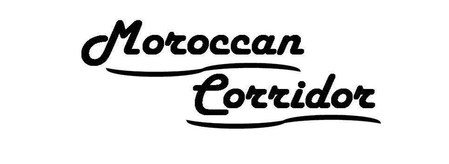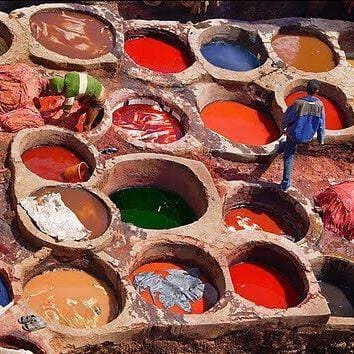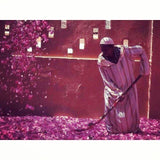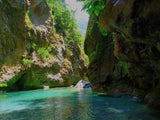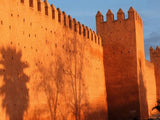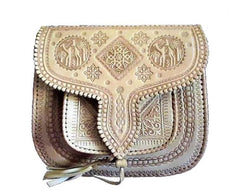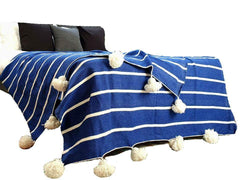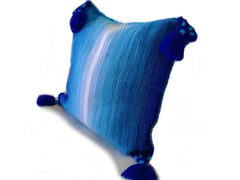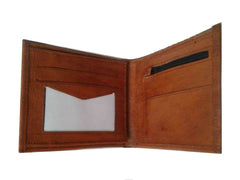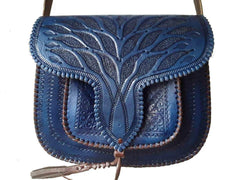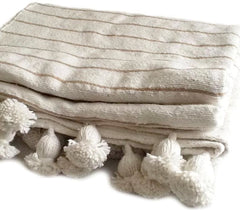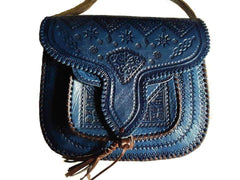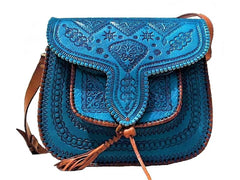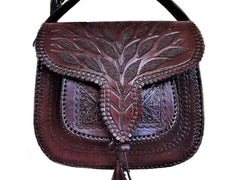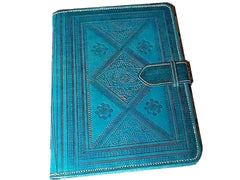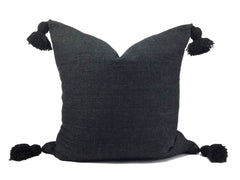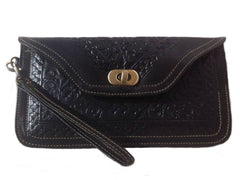The leather industry is considered one of the most ancient crafts in the Moroccan city of Fez. Methods of tanning are still in the same old ways, which was taking place six centuries ago. People knew leather industry since ancient times. Some methods of tanning have been developed by the Greeks and ancient Romans, and are still used to this day, particularly in the Moroccan city of Fez.
Morocco’s fame in the leather industry is incontestable to the extent that when the craft become authentic and noble it bears the name of Morocco (Maroquinerie). The leather in Morocco has a long history of originality and craft and its extension in the history of Morocco.
Historical Tanneries of «Fez»
Leather industry in Morocco uses the skins of sheep, goats, cows and camels after passing tanning process. Leather goods smell the special charm of Fez’s tanneries, unique and only available in the Moroccan city of Fez. Under the spell of a unique spectacle, the visitor is immobilized when he get it out of the basements of the ancient city to welcome the space of the tanneries.
Many workers, only with their underwear, are actively moving between water basins that look from the top, totally, like a bee hive.
The strong odor, the way the workers wear and the water tables scattered along the floor of the tannery, raises only those who arrive for the first time to the tannery, which has always represented one of the most important symbols of the city
Tanneries of Fez resembles a beehive that knows where each individual, by virtue of anchors, what must be done and performed mechanically after throwing his body into the water basins filled with skins, which will become after months shoes, leather jackets and portfolios that one finds on sale in different Moroccan cities.
It is usual to find in the streets of the tanneries a lot of young men walking in their underwear only. But it is unusual to see women there, with the exception of some tourists, who are tempted to view the tanneries that have long heard about.
Tannery workers

The worker stomps his feet in a water basin and starts moving dozens of pieces of leather stained the center of the water several times in flexible and coordinated movements without tired feet or sudden fatigue.
Leather Treatment
The tannery workers use several natural materials that de not harm the environment for leather treatment, including municipal lime, pigeon droppings and bran.
Export of Leather
Europe occupies the first place among markets importing Moroccan leather product. More than 90% of exported leather products are directed to this market, which holds some well-known global signs.
France tops the list of European countries that imports Moroccan leather products, followed by Spain and then Germany, Italy and Britain finally, according to the annual bulletin of the National Assembly of the Leather makers in Morocco.
